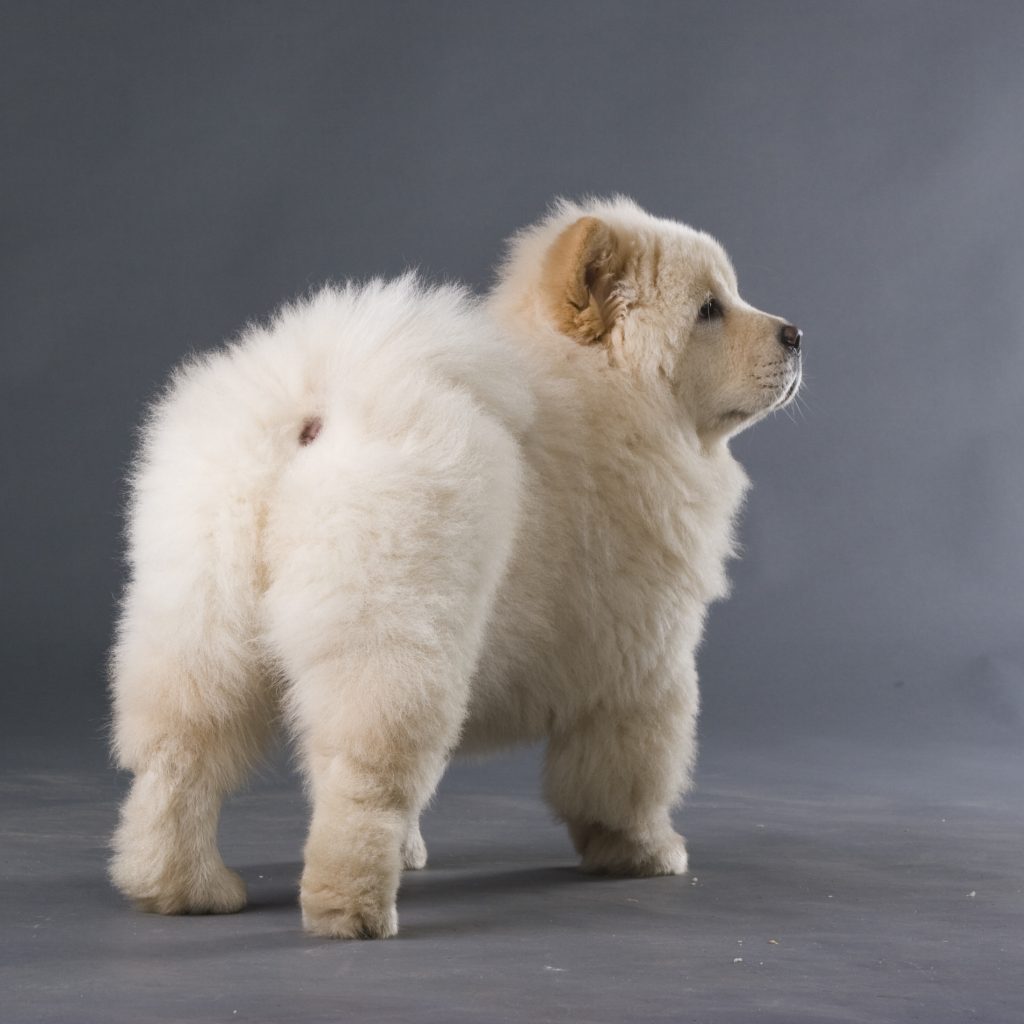Posts Tagged: Pet Care
Beware of the Scoot: All You Ever Wanted to Know about Anal Sacs in Pets
 You probably weren’t thrilled when your pet did the “Boot Scootin’ Boogie” across the carpet, just as you were serving the main course to your boss who happened to be over for dinner that evening. Your pet’s timely scoot is more than just an embarrassing situation, however, and may be an indication that he or she is having anal sac issues.
You probably weren’t thrilled when your pet did the “Boot Scootin’ Boogie” across the carpet, just as you were serving the main course to your boss who happened to be over for dinner that evening. Your pet’s timely scoot is more than just an embarrassing situation, however, and may be an indication that he or she is having anal sac issues.
Anal sacs in pets are an important part of the anatomy, and must be functioning for your pet’s comfort and safety. Even if your pet has never had issues in this particular area, knowing how to care for the anal sacs is an important component of responsible pet ownership.
What Are Anal Sacs in Pets?
Anal sacs, also sometimes called anal glands, are two small, bag-like structures located just inside the rectum in both dogs and cats. These little pockets are lined with glands that produce a strongly scented fluid. Normally, as a dog or cat defecates, the fluid contained inside the sacs is transferred to the stool.
Oh Sugar, Sugar: Diabetes in Pets
 Diabetes is one of the leading causes of death among people in the United States, and our pets aren’t far behind in falling victim to this disease. Studies show that diabetes now affects a whopping 1 in 50 dogs and cats, and doesn’t show any signs of slowing down.
Diabetes is one of the leading causes of death among people in the United States, and our pets aren’t far behind in falling victim to this disease. Studies show that diabetes now affects a whopping 1 in 50 dogs and cats, and doesn’t show any signs of slowing down.
Because diabetes in pets is more common than most people realize, combating this disease requires education and diligence on the part of responsible pet owners. Continue…
Tummy in Knots? Recognizing and Preventing Bloat in Dogs
 Few conditions can kill a dog as quickly as bloat. Although many pet owners are unaware of it, bloat in dogs is one of the most serious, and potentially deadly, pet emergencies. Understanding the signs of bloat, as well as your emergency options, are crucial in protecting your dog from this dangerous affliction.
Few conditions can kill a dog as quickly as bloat. Although many pet owners are unaware of it, bloat in dogs is one of the most serious, and potentially deadly, pet emergencies. Understanding the signs of bloat, as well as your emergency options, are crucial in protecting your dog from this dangerous affliction.
Understanding Bloat in Dogs
Bloat, also known as gastric dilation volvulus (GDV), occurs when gas and fluid cause the stomach to distend. In some dogs, this distention can cause the stomach to twist along its axis (also called torsion), cutting itself off from the esophagus and duodenum. Continue…
Foxtails And Pets: A Dangerous Combination
 Spring is right around the corner, and while this is mostly a good thing for our pets (more time outside!) the good weather brings with it one of the biggest concerns faced by our Front Range pets: Foxtails.
Spring is right around the corner, and while this is mostly a good thing for our pets (more time outside!) the good weather brings with it one of the biggest concerns faced by our Front Range pets: Foxtails.
This pesky weed does more than just annoy us in our fields and foothills. The spiky seeds of foxtail grasses can seriously harm our pets when they get trapped in their fur or inhaled. So before we head into the great outdoors with our four-legged friends this spring and summer, let’s review the basics of foxtail dangers and how to keep our pets safe. Continue…
Wellness Care For Your Senior Pet
 Thanks to significant advances in veterinary medicine, along with a respect for animals not seen in previous generations, pets are living longer than ever before. Although our adult pets may be active, playful, and in good health, many of us are not aware that after 6 or 7 years of age most cats and dogs are considered seniors.
Thanks to significant advances in veterinary medicine, along with a respect for animals not seen in previous generations, pets are living longer than ever before. Although our adult pets may be active, playful, and in good health, many of us are not aware that after 6 or 7 years of age most cats and dogs are considered seniors.
Pet Orthopedic Surgery: Restoring Mobility And Promoting Healing

Injuries and diseases of the bone in pets are more common than most pet owners realize. Our pets play, run, spin, leap, and generally use their bodies in a variety of interesting and, sometimes dangerous, ways. Unfortunately, these youthful shenanigans can also have negative consequences.
Despite our best intentions, sometimes our pet’s activities can end up leading to bone, joint, and muscle injuries. In addition, many breeds carry with them genetic tendencies toward certain types of bone and joint damage, including, hip dysplasia, back and knee issues. At Lone Tree Veterinary Medical Center, we’re equipped to handle these problems and more through the use of orthopedic surgery. Continue…



